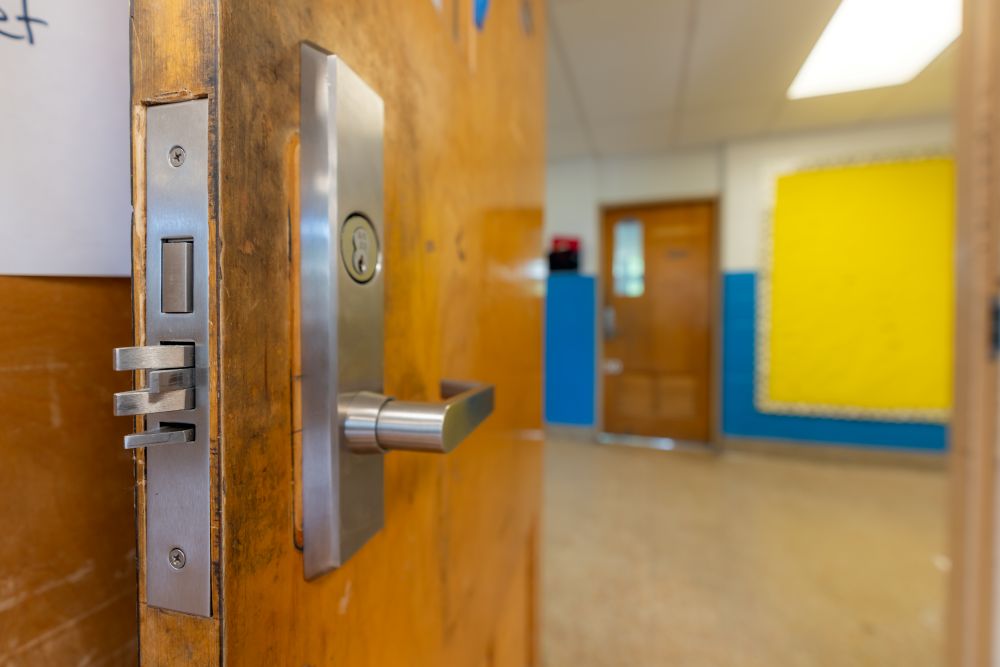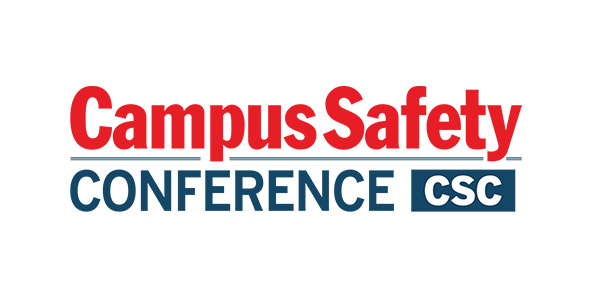ZeroNow has released comprehensive guidelines outlining basic physical security capabilities it says should be required in every K-12 school environment. The organization identifies two critical security foundations: secure building access points and effective communication systems.
School Building Exterior Access Security Standards
External threats consistently exploit unsecured building openings to gain unauthorized access. ZeroNow urges schools to equip all openings in their K-12 facility envelopes (the physical barrier separating a building’s interior from its exterior) with appropriate commercial-grade door hardware and lock sets.
Related Article: Breakthrough Applications for Maglocks and Specialty Locks
Each opening must include a local door alarm with sufficient volume for staff in adjacent areas to hear easily. This creates a secure portal and self-correcting mechanism, where staff address unsecure conditions by securing the door and silencing the alarm.
Classroom Door Requirements
Locked classroom doors have proven highly effective protective measures during school shootings. All classroom doors in K-12 schools must be solid-core types installed in welded metal frames with appropriate hardware and lock sets that can be secured from inside the classroom without requiring a key.
Door hardware must be ASTM and UL listed and meet IFC, NFPA, and ADA requirements. Classroom doors and sidelights must meet ASIS school security standards and PASS K-12 guidelines. The organization specifically prohibits secondary locking, barricade, and blockade-type devices.
Related Article: PASS Releases Update to K-12 School Safety and Security Guidelines
Communication System Standards
Communication failures represent a commonly noted weakness in after-action reports following school violence incidents. ZeroNow establishes minimum baseline communication capabilities for all K-12 campuses.
Schools must install robust public address systems that are clearly audible and easily accessible with appropriate visual notification capabilities in all occupied spaces, including hallways, restrooms, cafeterias, and other public or mass congregation areas.
Additionally, schools must deploy intercom systems capable of station-to-station and general announcements in all student-occupied instructional spaces. Both systems require power backup and must be designed with non-interdependent redundancies that ensure continued functionality during power loss or other failures.
These Are Basic Implementation Guidelines
These recommendations do not endorse any specific manufacturer, vendor, or equipment. Instead, they establish base expectations for physical security capabilities in K-12 school environments.
The guidelines should be considered foundational systems representing basic physical security capabilities that serve as primary requirements for safe and secure school environments that all students deserve and all families and educators should expect.







